The Manual of Scales, Broken Chords and Arpeggios (ABRSM Scales & Arpeggios)
£12.30
The ABRSM’s popular and well-established Manual of Scales, Arpeggios and Broken Chords is now published in a new modern edition. Still containing all the standard scale and arpeggio patterns, it has been enlarged to include whole-tone scales, augmented arpeggios and additional broken chord patterns. Ruth Gerald, formerly Head of Keyboard Studies at the Royal College of Music and a senior ABRSM consultant and examiner, has written an informative introduction, which includes some technical guidance and practice suggestions. This new edition with its clear page layout and accessible structure is an excellent resource for all pianists.
Read more
Additional information
| Publisher | ABRSM (19 July 2001) |
|---|---|
| Language | English |
| Paperback | 96 pages |
| ISBN-10 | 1860961126 |
| ISBN-13 | 978-1860961120 |
| Dimensions | 23 x 0.7 x 30.6 cm |

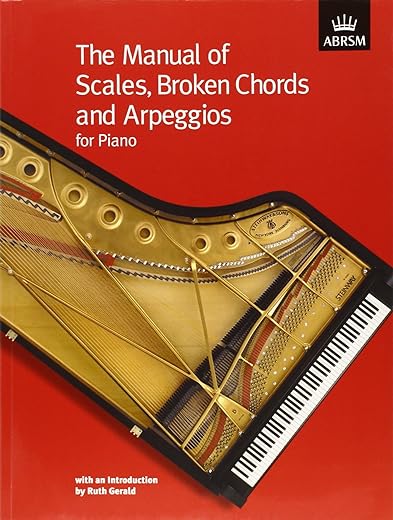
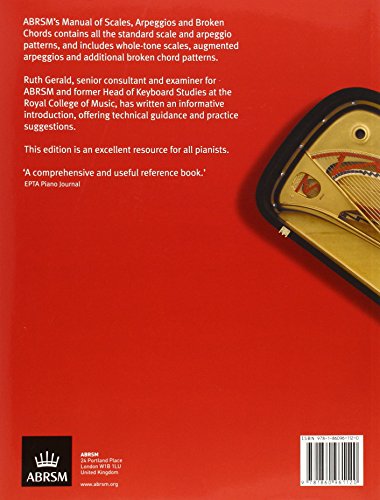
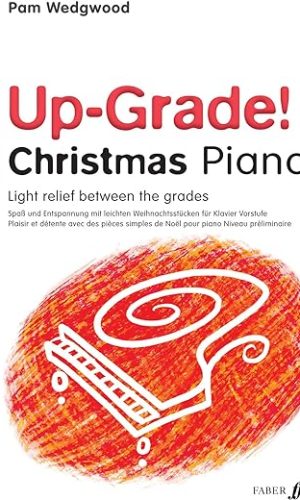
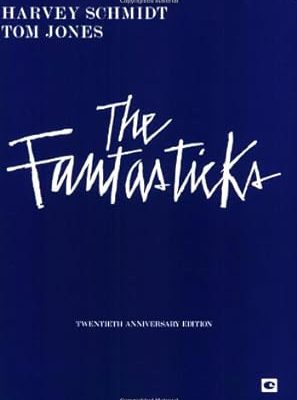
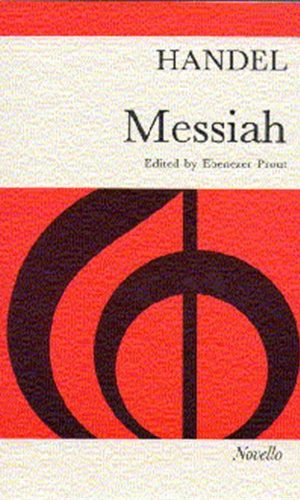
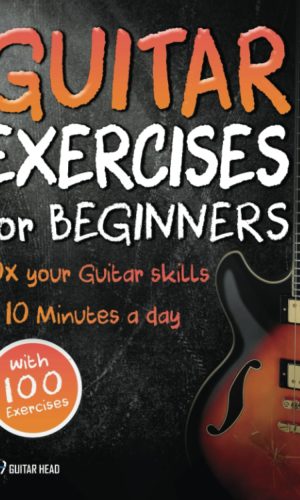
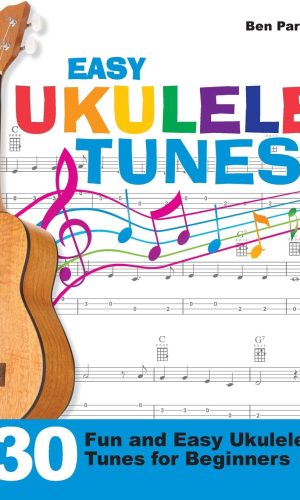



by Onewithall
Pretty darned comprehensive for the classical scales and arpeggios. For a self learner you’re better off buying this than the individual graded books, although you won’t find recommended tempos in this volume. You’ll also need strong motivation to design a progressive program to learn everything without getting bored.
by Rev Inso
The circle of 5ths ordering makes finding some scales a little slow but the book is comprehensive and well printed.
by Shelaffs
Really great scale exercises in this book. I’m doing the ABRSM jazz grades and the scales book for that is much less comprehensive than what’s included in this. I think this is an invaluable book for anyone learning jazz.
For each key, it gives the major scale, in several forms – the normal octave apart with each hand, then the right hand as a third above while the left does the normal scale, then similar to that a sixth apart. Those three scales are then given in contrary motion. It continued with each hand playing two notes – first as thirds, then sixths, then octaves. It goes on to do the minor scales for each key in these various ways too. The next section gives chromatic scales in all these patterns, then whole note scales and the last section has broken chords and then arpeggios.
It doesn’t include the pentatonic, blues scales and modes that the jazz syllabus scale book has, but I think this is a brilliant book for anyone trying to learn jazz and struggling with all those books that say (without providing any reference) now do that in 12 keys!
by Brandy
Some past reviews suggested this had been produced in an unfriendly format. As a novice I have found the book useful and easy to navigate, and, at the start of my piano learning, definitely cheaper than buying the books to match each exam grade.
by andrea.jazmín
My piano teacher recommended this book for practising at home.
by Sandford
This is a product difficult to review, as a scale book is just one of necessity. I had to replace my old scale book, and found the quality of the paper that bit better with this new purchase. There is also an informative introduction, with some titbits of guidance as to how to approach playing the scales, with some suggestions as to how to practice.
by J.Clarke
This book is really good and has all of the scales. It’s everything you need. Would be nice if it was grouped by ‘Grades’ but as not everyone takes graded exams that’s easily forgiven. This is a brilliant one-stop shop for every diatonic scale, arpeggio and broken chord you’ll ever need. I’d recommend.
by Andrew Marsden
As has been pointed out before, this book is more a purchase of necessity rather than want.
At first, the book may seem a little difficult to navigate. It took a couple of minutes to realise that the diatonic scales were ordered by cycle of fifths, as other scale manuals tend to introduce by consecutive letter names. It also surprised me slightly that the major and minor scales for a particular note are introduced together, rather than introducing the minors with their relative majors.
However, once the small stumbling block is over with, it becomes a valuable resource for finding scales and helping to strengthen awareness of patterns. The fingerings are given for guidance, and often an alternative fingering is given, thus allowing adaptation to preference.
I have one minor gripe (no pun intended). The book does not make even passing reference to the natural minor. Though this was not part of the ABRSM syllabus until 2012 (and then only for G1-2, to my knowledge), the book touts itself as containing “all the standard scale and arpeggio patterns”.
I grant that the Dorian, Phrygian, Lydian, Mixolydian and Locrian modes are neither mentioned nor shown, as these are non-standard patterns. But the Aeolian (natural minor) is a useful stepping-stone to understanding fully the musical relationship between the major and minor keys. Indeed, the natural minor is the progression-point between the Ionian and the harmonic and melodic minors.
The additional suggestions in the front mention “beginning on any degree of the scale”, but there is no reference to the relationship between this, modality, and the minor key.
Otherwise, the book is a very useful resource.